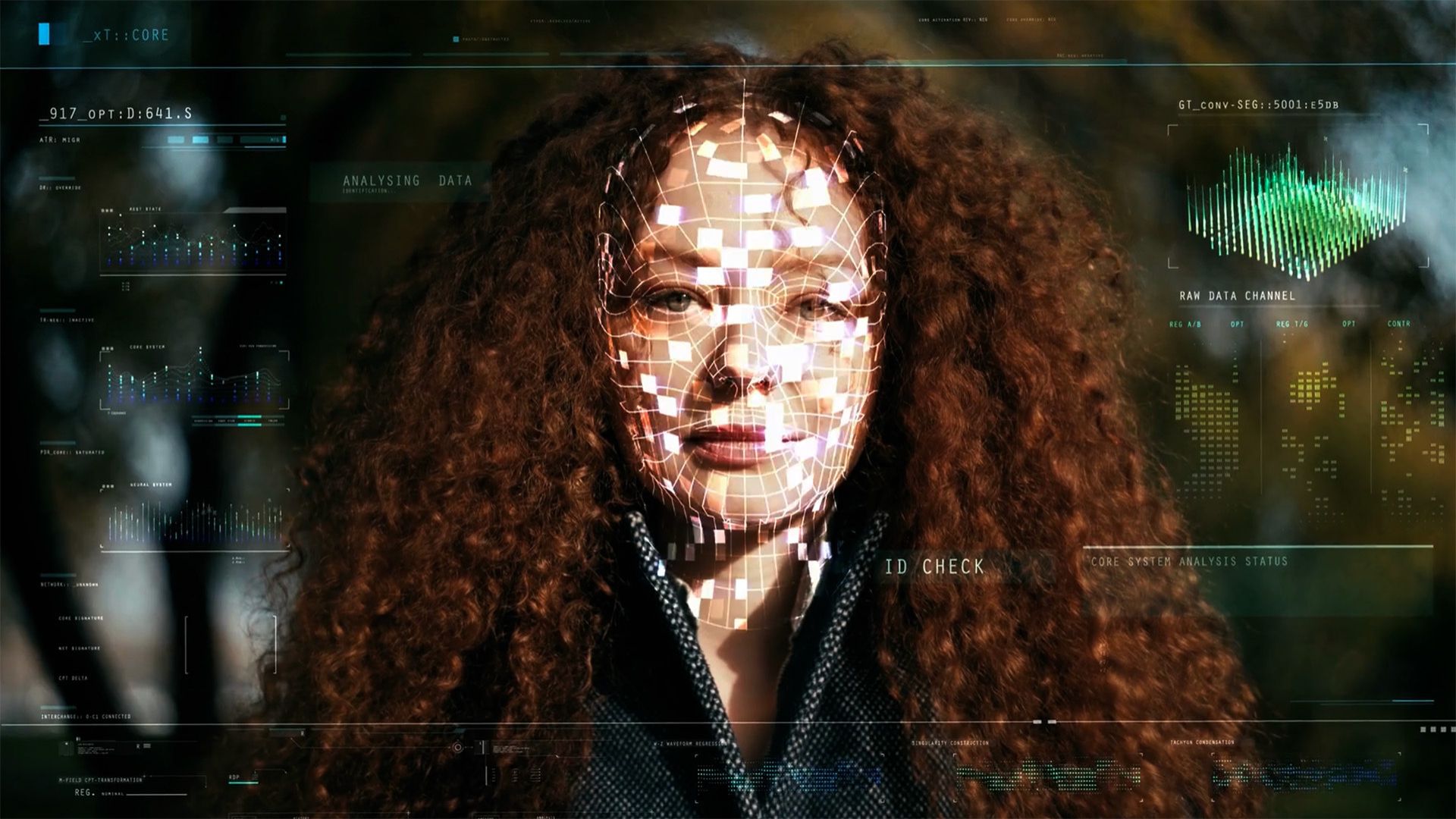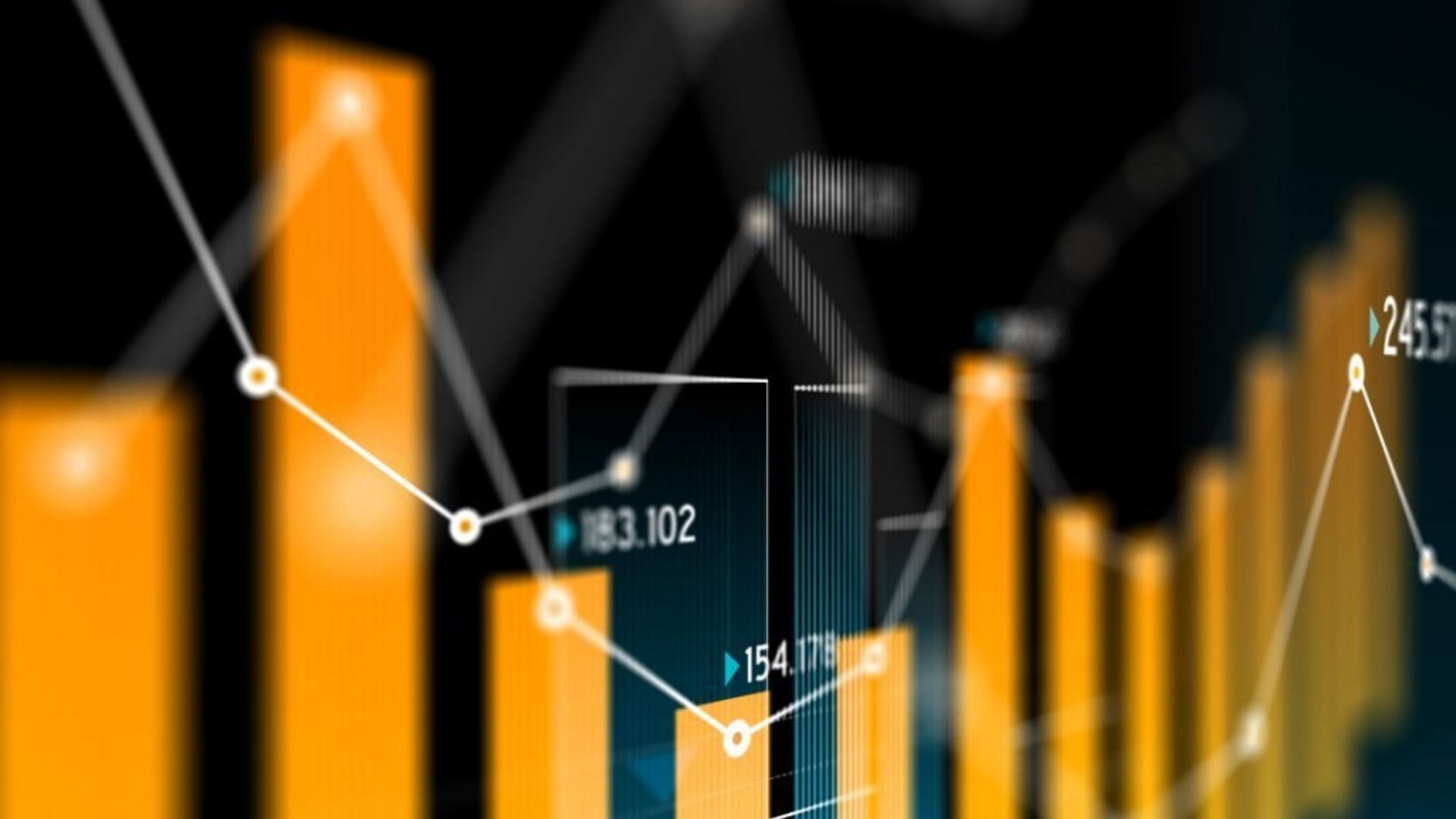In the digital age, political campaigns are no longer just about speeches, rallies, and TV ads. Data analytics has transformed the way campaigns are run, giving political parties and candidates unprecedented insight into voter behavior and preferences. By using vast amounts of data, campaigns can now target specific groups of voters, craft personalized messages, and predict election outcomes more accurately than ever before. This data-driven approach has become essential to winning elections in today’s competitive political landscape.

Targeting Voters with Precision
One of the most significant ways data analytics is transforming political campaigns is by allowing candidates to target voters with pinpoint accuracy. Using data from voter registration records, social media, and even consumer databases, political campaigns can identify key demographics that are likely to support their candidate.
For example, campaigns can focus on persuading undecided voters in swing states or motivating specific demographic groups, such as young voters or working-class families. Through data analysis, campaigns can narrow down their focus to the individuals most likely to respond to their message, ensuring that resources are spent efficiently.
In the 2012 U.S. presidential election, Barack Obama’s campaign used data analytics to identify and target “persuadable” voters—people who were neither firmly supporting Obama nor his opponent. This allowed the campaign to focus its efforts on a smaller, more targeted group of voters, maximizing impact with fewer resources.
Personalizing Campaign Messages
Data analytics also enables campaigns to personalize their messages, making them more relevant to individual voters. By analyzing voter data, campaigns can tailor their communications to specific groups based on factors like age, income, location, and even browsing habits. This approach helps campaigns connect with voters on a personal level, addressing issues that matter most to them.
For example, a voter concerned about healthcare might receive messages highlighting a candidate’s healthcare policies, while someone focused on climate change may get information about environmental plans. This level of personalization makes political messaging more effective, as voters are more likely to engage with content that speaks directly to their concerns.
Donald Trump’s 2016 presidential campaign famously used data analytics to send different messages to different groups of voters through social media platforms like Facebook. By creating highly targeted ads, the campaign was able to engage voters on an individual level, significantly boosting its outreach.
Predicting Election Outcomes
Another important use of data analytics in political campaigns is predicting election outcomes. Campaigns can analyze past election data, polling information, and real-time voter sentiment to build predictive models. These models help campaigns forecast how different voter groups will behave on Election Day and which areas may need more attention or resources.
For instance, data models can identify districts where voter turnout is likely to be low, allowing campaigns to ramp up efforts in those areas to increase turnout. They can also predict the likelihood of success in particular regions, helping campaigns allocate resources—such as volunteers, funding, and ads—more effectively.
The use of predictive modeling played a significant role in Obama’s 2012 campaign, which used data to predict voter behavior and adapt its strategy throughout the campaign. By analyzing the results from early voting data and polls, the campaign was able to adjust its tactics in real-time to maximize voter turnout in critical swing states.
Conclusion
Data analytics has revolutionized the way political campaigns are conducted, making them more efficient, targeted, and data-driven than ever before. By using data to identify key voter groups, personalize messages, predict outcomes, and drive real-time strategy, political parties and candidates can significantly improve their chances of winning elections.
As technology continues to advance, the role of data analytics in political campaigns will only grow, giving campaigns even more powerful tools to understand and influence voter behavior. However, this shift also raises important questions about data privacy and the ethical use of voter information, which will need to be addressed as data-driven campaigning becomes the norm.

